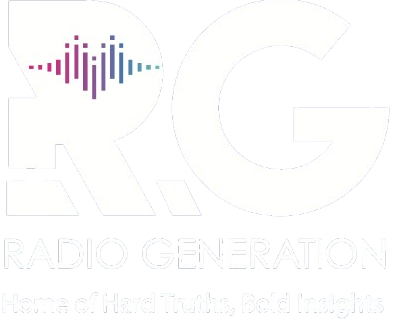Kenya’s private sector experiences first decline in seven months – PMI Report

The most recent Stanbic Bank Kenya Purchasing Managers’ Index (PMI) highlights that increasing expenses and weakening demand are starting to challenge the nation’s recovery after the pandemic.
Following seven months of continuous growth, Kenya’s private sector faced a setback in May 2025, experiencing its first drop in business activity since September 2024.
The most recent Stanbic Bank Kenya Purchasing Managers’ Index (PMI) highlights that increasing expenses and weakening demand are starting to challenge the nation’s recovery after the pandemic.
The PMI dropped to 49.6 in May from 52.0 in April, slipping below the crucial 50.0 threshold that distinguishes expansion from contraction. While the decline is slight, it signals increasing economic strain.
This shift breaks a seven-month run of improving conditions, casting fresh uncertainty over Kenyan businesses that had started to regain confidence.
Christopher Legilisho, Economist at Standard Bank, observed, "The Stanbic Kenya PMI indicates fragility in the private sector’s recovery, with moderate output contraction and a drop in new orders after seven months of growth."
The Stanbic Bank PMI highlights rising costs and tax pressures as key factors driving the private sector’s contraction.
Businesses experienced the fastest increase in input prices in four months, citing higher purchase costs and tax burdens as major contributors.
The manufacturing sector was particularly hit, with material costs rising due to tax and customs charges.
Despite these challenges, selling prices edged up only slightly, indicating that many Kenyan companies are absorbing costs to retain customers.
As a result, new orders fell, breaking a growth streak that began in late 2024, with 28% of firms reporting reduced demand due to cautious spending, economic uncertainty, and high prices.
Output declined mainly in construction, wholesale, retail, and services, while agriculture and manufacturing showed some resilience.
Despite ongoing challenges, employment increased slightly for the fourth month in a row, driven mainly by businesses hiring casual workers to handle current workloads.
Meanwhile, work backlogs held steady, and supplier delivery times improved.
However, future business confidence remains bleak, with just 4% of companies expecting output growth over the next year the second-lowest optimism level ever recorded.
Those who remain hopeful pointed to plans for new branch openings, marketing initiatives, and product launches, but overall sentiment stays cautious.
